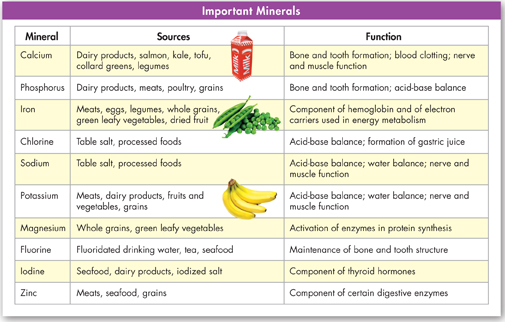
FIGURE 30–8 Minerals A healthful diet should include small amounts of certain minerals to maintain a healthy body. Infer Why do you think some cities and towns add fluoride to their water supplies?
dddMinerals Inorganic nutrients that the body needs, usually in small amounts, are called minerals. Figure 30–8 lists some of the minerals needed by the body. Calcium, for example, is required to produce the calcium phosphate that makes up bones and teeth. Iron is needed to make hemoglobin, the oxygen-carrying protein in red blood cells. A constant supply of minerals in the diet is needed to replace those lost in sweat, urine, and digestive wastes.
Nutrition and a Balanced Diet
 What is meant by the term “balanced diet”?
What is meant by the term “balanced diet”?
The science of nutrition—the study of food and its effects on the body—tries to determine how food helps the body meet all of its various needs. Because of the work of nutritionists, many tools have been developed to help people plan healthful diets.  A balanced diet provides nutrients in adequate amounts and enough energy for a person to maintain a healthful weight.
A balanced diet provides nutrients in adequate amounts and enough energy for a person to maintain a healthful weight.
Balancing Your Diet Food labels can be used to choose healthful foods. Food labels provide general information about nutrition as well as specific information about the product. They can be used to determine if you are consuming enough of some of the important vitamins and minerals.
 In Your Notebook List seven types of information you can learn about a food from its food label.
In Your Notebook List seven types of information you can learn about a food from its food label.

Table of Contents
- Formulas and Equations
- Applying Formulas and Equations
- Mean, Median, and Mode
- Estimation
- Using Measurements in Calculations
- Effects of Measurement Errors
- Accuracy
- Precision
- Comparing Accuracy and Precision
- Significant Figures
- Calculating With Significant Figures
- Scientific Notation
- Calculating With Scientific Notation
- Dimensional Analysis
- Applying Dimensional Analysis




